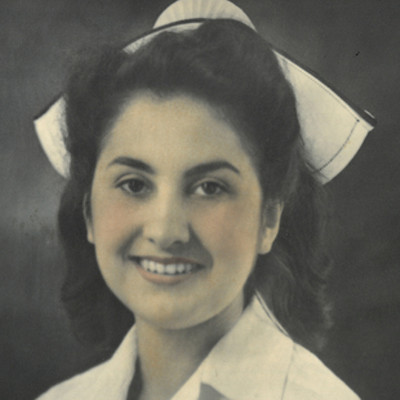The mortality rate at Fletcher Allen Health Care’s inpatient dialysis clinic is more than three times the national average. That’s according to a recent ProPublica investigation using data that the Centers for Medicare & Medicaid Services gathered from dialysis treatment facilities between 2006 and 2009.
Comparison charts published as part of the probe suggest quality of care varies dramatically among medical facilities, even within a limited geographic range. That’s certainly the case in the Burlington area.
Among first-year patients, Fletcher Allen’s mortality rate at its inpatient dialysis clinic is 21 percent, which is below the national average of 27 percent. After the first year, however, the rate nearly triples, to a staggering 62 percent — three times the national mortality rate of 20 percent.
Source: ProPublica
Fletcher Allen operates five outpatient dialysis clinics, in South Burlington, St. Albans, Berlin, Rutland and Newport, with first-year mortality rates of 10, 24, 41, 20 and 23 percent, respectively.
Meanwhile, in Plattsburgh, N.Y., the Champlain Valley Physicians Hospital Medical Center (CVPH) has a first-year mortality rate of 14 percent. It drops to 12 percent after that.
Dr. John Brumsted, Fletcher Allen’s chief quality officer, said the inpatient numbers are misleading. Fletcher Allen patients are usually at the hospital for some other life-threatening ailment, of which kidney failure — treated by dialysis — is a secondary symptom.
“Forty percent or so of the patients we have in our hospital … are sick enough that they couldn’t be taken care of at the regional hospitals,” said Brumsted. Close to two-thirds of the patients receiving dialysis at Fletcher Allen are being treated for heart and vascular diseases, according to federal data collected between 2006 and 2009 that were also published by ProPublica.
Brumsted’s claim is supported by another study: Last year’s report by the Northern New England Cardiovascular Disease Study Group. In this report, the rate of post-operative renal failure for coronary artery bypass surgery patients at FA was 6.3 percent; the regional average is 3.8 percent.[*]
“This is the first time we’ve ever been an outlier on this group,” said Brumsted of the cardiac bypass surgery stats. “These are new data … As we speak, we are peeling them back to understand why this variation exists, and it’s not yet clear.”
The high mortality rate coincides with Fletcher Allen’s intention to sell off its five outpatient dialysis clinics to Fresenius, the nation’s largest for-profit dialysis clinic operator. At the company’s lone outpatient clinic in St. Johnsbury, the third-year mortality rate is 16 percent. ProPublica did not supply the facility’s first-year death stats.
But at a Fresenius clinic in Lebanon, N.H. — which was once run by Dartmouth-Hitchcock Medical Center — the first-year mortality rate is a whopping 44 percent; its third-year rate, 34 percent.
The stats have fueled skepticism among nurses at Fletcher Allen.
“According to Fletcher Allen, Fresenius is committed to keeping the same staff and staffing ratios at the outpatient clinics, but we don’t buy that,” said Mari Cordes, a Fletcher Allen nurse and president of the nurses’ union. “They have a cookie-cutter approach to dialysis treatment, and it truly needs to be individualized for each patient.”
She added, “We don’t believe that it’s in the best interests and mission for a Vermont, not-for-profit hospital to be selling off to a for-profit company.”
Kathy Dickey, a registered nurse and regional vice president for Fresenius in New England, countered, “I was personally involved in the purchase of the clinics at Dartmouth, and I can say that we provide the same quality of care that they did before.”
FAHC spokesman Mike Noble said the hospital carefully reviewed clinical outcomes — before and after sales to for-profit Fresenius. Fletcher Allen was satisfied the new owners would not put patients at risk. FAHC is currently losing about $2 million a year on its outpatient dialysis clinics.
Dickey said Fresenius keeps costs low by manufacturing its own dialysis machines and supplies.
Due to an editing error, the original version of this article incorrectly attributed the percentages cited from the Northern New England Cardiovascular Disease Study Group study to renal deaths as opposed to renal failure. The article has been corrected and updated.









Comments
Comments are closed.
From 2014-2020, Seven Days allowed readers to comment on all stories posted on our website. While we've appreciated the suggestions and insights, right now Seven Days is prioritizing our core mission — producing high-quality, responsible local journalism — over moderating online debates between readers.
To criticize, correct or praise our reporting, please send us a letter to the editor or send us a tip. We’ll check it out and report the results.
Online comments may return when we have better tech tools for managing them. Thanks for reading.